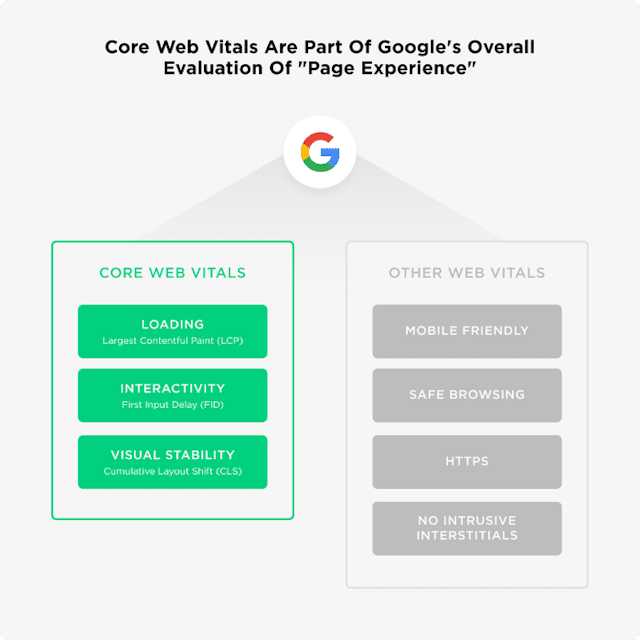Three Google algorithm updates that will make an impact in 2022
The biggest SEO trend in 2021 was Google algorithm updates. In fact, there were so many updates crammed into the second half of the year that we’re still catching up on the analytics to find out which update affected what.

Vertical Leap on how marketers can make the most of Google’s algorithm updates and ensure content quality
Aside from back-to-back and overlapping rollouts, some of last year’s algorithm updates are going to make a bigger impact in 2022. In this article, we’re looking at three updates in particular that will play a key role in search for the year ahead.
1) Multitask Unified Model (MUM)
Google started rolling out its Multitask Unified Model (MUM) technology in June 2021, which is essentially an upgrade to part of the algorithm previously powered by BERT. When Google announced the new technology, it said MUM is 1,000x more powerful than BERT and it previewed a host of upcoming features made possible by the latest breakthroughs in AI.
Keep in mind that it took several years for BERT to fully mature, so the impact of MUM is likely to increase over time. Google has already rolled out one of these features in passage indexing and we expect to see more in 2022.

MUM will improve Google’s ability to understand more complex queries, and the search giant has also teased the following features:
-
Visual search via Google Lens and image recognition
-
Translated results from multilingual content
-
Subtopics for users to explore topics without typing additional queries
-
A ‘Things to know’ section highlighting key details of the topic users search (similar to the ‘People also ask’ section)
-
‘Refine this search’ and ‘Broaden this search’ feeds for users to delve deeper into topics and return to more general results without altering their search query
-
Improved understanding of misspelt words
-
Better understanding of the key moments in video content
If you want to see everything Google has teased with regards to MUM, everything published until now is covered in these three blog posts on The Keyword:
2) Page experience and Core Web Vitals
After a year of anticipation, Google rolled out the page experience signal in June 2021, incorporating several existing signals with three new Core Web Vitals signals.

Page experience rolls all of the above signals into a single ranking factor for Google to score the user experience of individual pages.
The three Core Web Vitals signals are:
-
Loading: This simply refers to loading times, although Google is changing the way it measures this with a new standard called Largest Contentful Paint (LCP).
-
Interactivity: Measures the responsiveness of interactive elements on your page (such as links or buttons) after users click them, using a new standard called First Input Delay (FID).
-
Visual Stability: Detects the movement of elements after they’ve loaded on the page and any instability this causes, using a new standard called Cumulative Layout Shift (CLS).
Although the page experience update has already rolled out, Google has always said we should expect further changes to Core Web Vitals. Meanwhile, Danny Sullivan has hinted this is another update that could become more important over time, as we’ve seen in the past with one of the signals it includes: mobile-friendliness.
I said it shouldn’t be the case that overnight, we flip some type of switch and there's a massive change. That's not typically how rollouts of this nature (such as speed, mobile-friendly) have worked. And also that things tend to be relative...
— Danny Sullivan (@dannysullivan) February 24, 2021
3) 2021 core updates
Google released three core algorithm updates in the second half of 2021 with back-to-back updates in June and July and a surprise update in November – just as the festive season kicked off with Black Friday.
Throughout the updates, websites and pages often considered ‘your money or your life’ (YMYL) were hit the hardest, suggesting E-A-T continues to play an increasingly important role in algorithm updates.
If you’re unfamiliar with the terms E-A-T and YMYL, here’s a quick refresher for you: A no-nonsense guide to E-A-T & what it means for marketers.
Given that E-A-T and YMYL first started making an impact in core updates in mid-2019, it’s telling that Google’s expectations for content quality continue to become more demanding, and there are no signs of this stopping in 2022.
Dave Colgate, head of SEO at Vertical Leap.
Content by The Drum Network member:

Vertical Leap
We are an evidence-led search marketing agency that helps brands get found online, drive qualified traffic to their websites and increase conversions/sales.
To...

